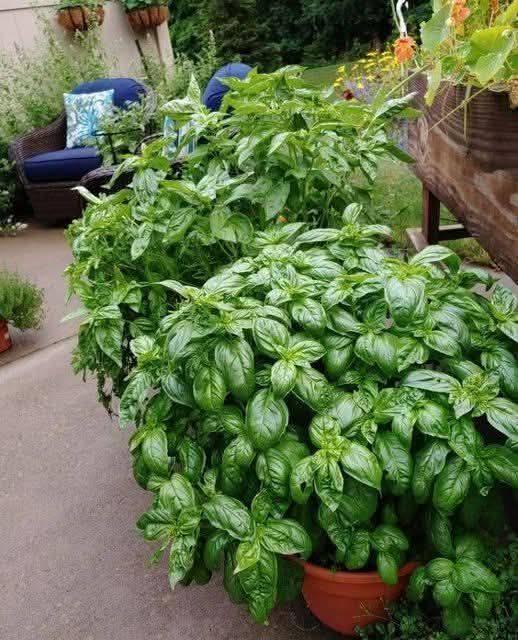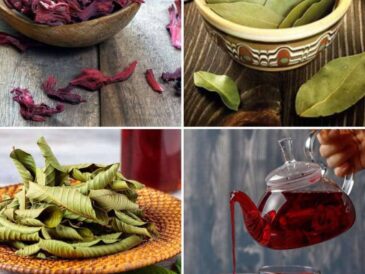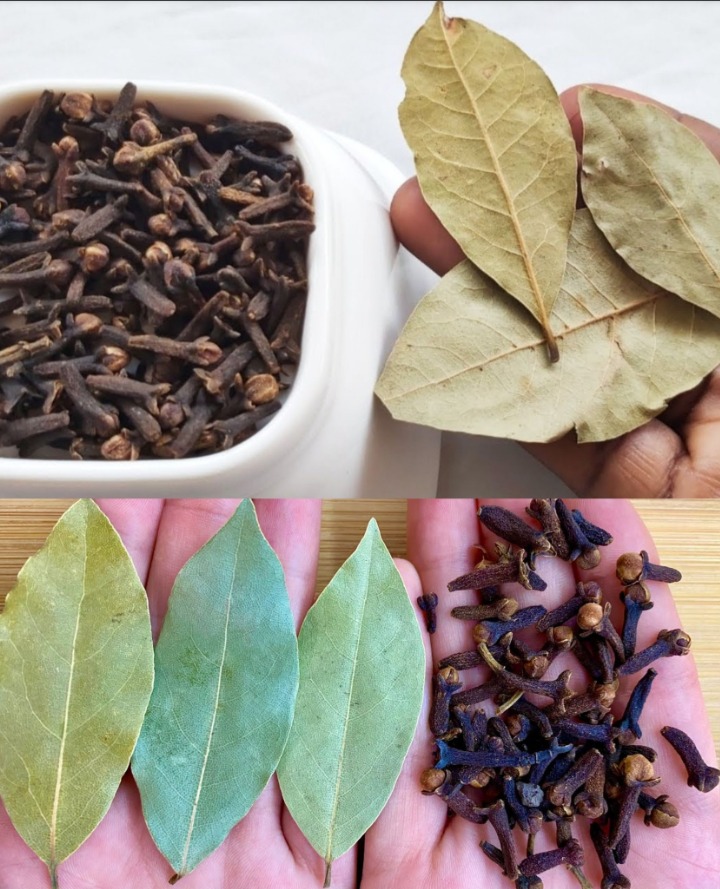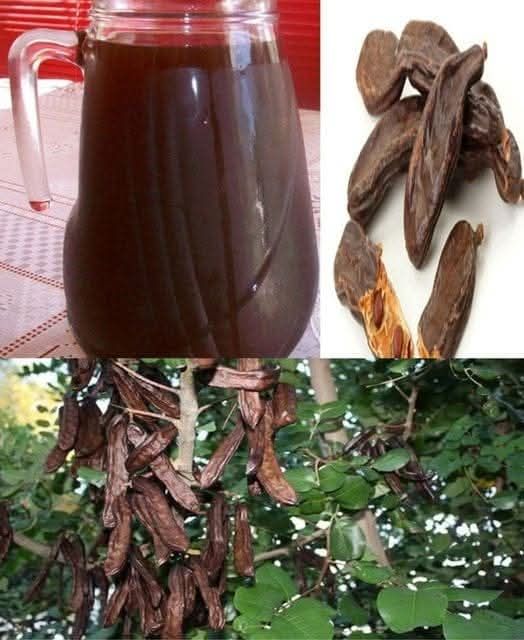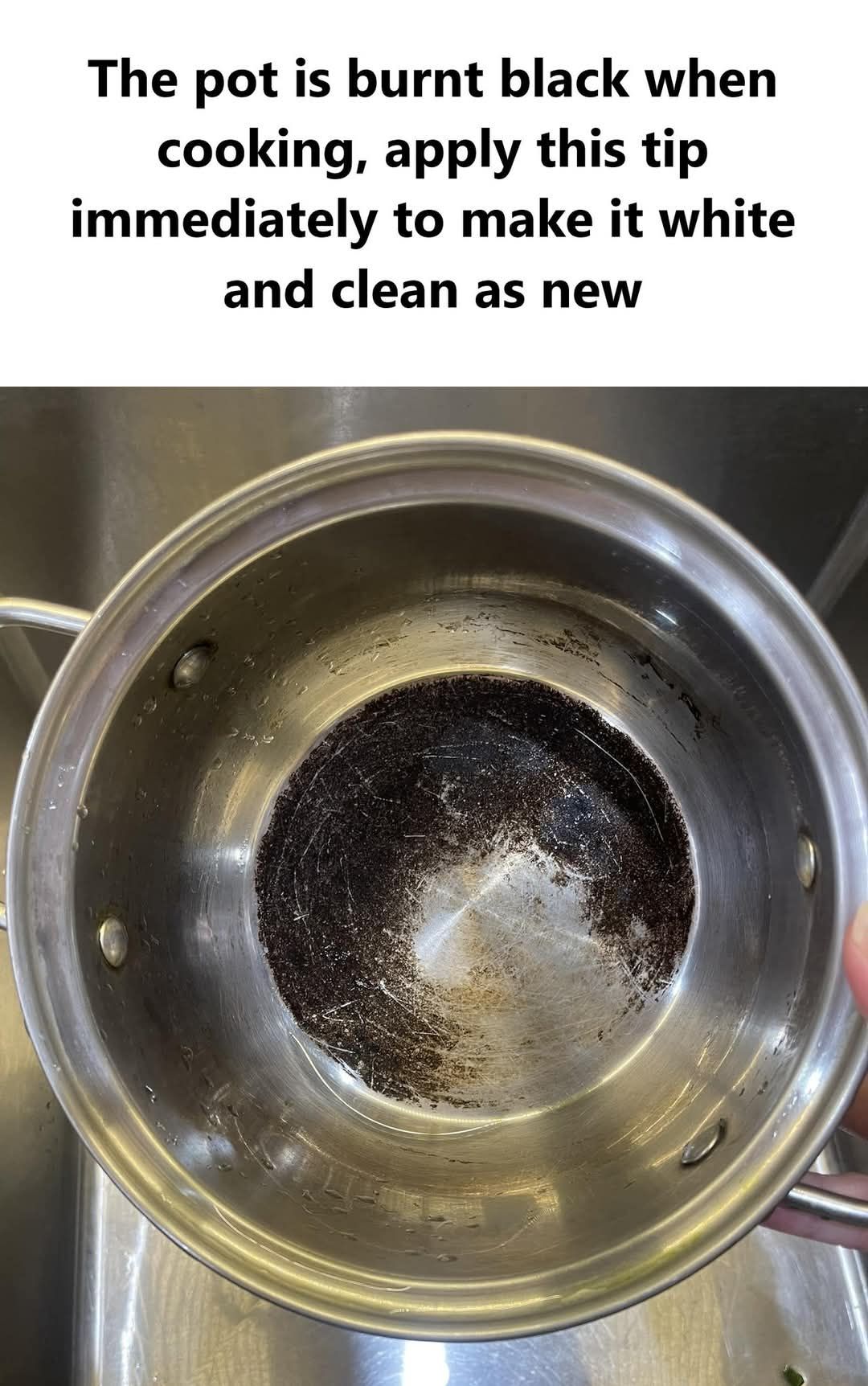Gardening is a rewarding hobby, especially when you see your plants flourish and thrive. Over the years, I have learned numerous tips and tricks to help my garden grow to its fullest potential. One of the most effective and organic ways I have found to boost plant health, particularly in my basil, herbs, and vegetables, is by using a simple, natural fertilizer: banana peel water.
Yes, you heard that right – banana peels! They may seem like an odd choice for a fertilizer, but they are packed with nutrients that your plants will love. In this article, I will share my personal experience and explain why banana peel water is a fantastic and easy-to-make plant food.
What is Banana Peel Water and Why is It So Effective?
Banana peel water is an organic liquid fertilizer made by soaking banana peels in water. Bananas are known for being rich in potassium, but their peels also contain other vital nutrients like phosphorus, calcium, magnesium, and sulfur. These nutrients are essential for plant growth and development, especially for fruits and vegetables.
Potassium is particularly important because it promotes strong root growth, flower production, and overall plant health. It also helps plants resist diseases and stresses, making it an excellent choice for your garden. By soaking the banana peels in water, you allow these nutrients to leach into the water, making it easy to deliver them directly to your plants. This simple solution provides your garden with a natural, eco-friendly way to nourish plants and improve their growth.
The Benefits of Using Banana Peel Water
- High Potassium Content: As mentioned earlier, bananas, especially their peels, are rich in potassium. Potassium is essential for the healthy development of your plants, especially for fruiting plants like tomatoes, peppers, and herbs. It helps plants develop strong roots, enhances their ability to absorb water and nutrients, and increases their overall resilience to disease and pests.
- Boosts Flowering and Fruiting: If you are growing plants like tomatoes, green peppers, or herbs that produce flowers and fruits, you will notice a significant improvement in flowering and fruit production when using banana peel water. The potassium in the banana peels encourages healthy flower and fruit development, giving you larger yields and more vibrant crops.
- Rich in Micronutrients: Aside from potassium, banana peels contain a variety of other micronutrients that are crucial for plant health. These include magnesium, which helps plants produce chlorophyll and promotes strong photosynthesis; phosphorus, which supports root development and overall plant structure; and calcium, which strengthens cell walls and promotes strong, healthy plants.
- Eco-Friendly and Organic: Banana peel water is an entirely natural and eco-friendly fertilizer. It’s a great way to recycle your kitchen waste while providing your plants with the nutrients they need to grow. This means you don’t have to buy chemical fertilizers that can harm the environment and your plants. Additionally, using banana peel water is safe for pets, children, and beneficial insects in your garden.
- Helps with Pest Control: Potassium-rich fertilizers like banana peel water can help strengthen your plants, making them more resistant to pests and diseases. Stronger, healthier plants are less likely to attract insects or suffer from infestations. Using banana peel water can also help plants recover from minor damage or stress caused by pests.
How to Make Banana Peel Water
Making banana peel water is incredibly simple. All you need are two banana peels, a gallon of water, and a container to soak the peels in. Here’s how you can create your own banana peel water for your garden:
Ingredients:
- 2 banana peels
- 1 gallon of water
Instructions:
- Collect the banana peels: Whenever you eat a banana, save the peel. You’ll need two peels for every gallon of water. You can even store banana peels in a container until you have enough to make a batch of banana peel water.
- Soak the peels: Place the banana peels in a large container or jug. Pour one gallon of water over the peels. You want the peels to be fully submerged in the water.
- Let the mixture sit: Cover the container and let the banana peels soak in the water overnight, or for at least 24 hours. During this time, the nutrients from the banana peels will leach into the water, creating a nutrient-rich liquid fertilizer.
- Strain and use: After the soaking period, strain the liquid to remove the peels. You can discard the peels or compost them. The liquid you’re left with is the banana peel water that you can use to water your plants.
- Store and replenish: If you like, you can keep a jug of banana peel water going all the time. As you use it, simply add more water to the container and throw in additional banana peels. The mixture can continue to be effective as long as it’s replenished regularly.
When to Use Banana Peel Water
Banana peel water can be used to water all kinds of plants, including vegetables, herbs, flowers, and houseplants. It’s especially beneficial for plants that require a lot of potassium, like tomatoes, peppers, and fruiting plants.
- For Seedlings and Young Plants: Banana peel water is a gentle fertilizer, making it perfect for young plants or seedlings that may be sensitive to stronger, synthetic fertilizers. You can start using it when your plants are just a few weeks old.
- During Flowering and Fruiting: If you’re growing plants like tomatoes, peppers, or cucumbers, using banana peel water during the flowering and fruiting stages will encourage larger fruits, better flavor, and more abundant yields. The potassium boosts flower production and enhances fruit development.
- Throughout the Growing Season: If you’re using banana peel water as an all-purpose fertilizer, you can use it once every two weeks to keep your plants strong and healthy throughout the growing season. The nutrients in the banana peel water will promote steady growth, strong roots, and vibrant foliage.
- As a Maintenance Fertilizer: Even if your plants aren’t flowering or fruiting, banana peel water can still be beneficial for general maintenance. It provides your plants with the essential nutrients they need to grow strong and healthy, supporting overall vitality.
My Own Results: How Banana Peel Water Has Improved My Garden
Since I started using banana peel water in my garden, I have seen incredible results. My basil and herb plants are thriving like never before, and I have a plentiful harvest of fresh green peppers and cherry tomatoes. My spearmint plant has grown to be huge, and my dill has reached waist height! Not only have I noticed the physical growth of my plants, but the quality of the herbs, vegetables, and fruits is also better than ever.
I love how simple and inexpensive this solution is. Instead of buying chemical fertilizers that can be harmful to the environment and my plants, I can use something natural and readily available. Plus, I get to recycle my banana peels, which makes me feel good about reducing waste.
Banana peel water is also easy to maintain. I keep a jug going all the time, adding new banana peels as I use them, and I don’t have to worry about refrigerating the mixture. It’s as simple as throwing in the peels, adding water, and letting it sit. It’s a low-maintenance, sustainable way to keep my garden healthy.
Additional Tips for a Thriving Garden
While banana peel water has worked wonders for my basil, herbs, and vegetables, there are a few other gardening tips I’d like to share that have also contributed to my success:
- Don’t Overwater: While it’s important to keep your plants hydrated, be careful not to overwater them. Too much water can lead to root rot and nutrient deficiencies. Water your plants only when the top few inches of soil are dry.
- Use Mulch: Applying mulch around your plants helps retain moisture, suppress weeds, and maintain consistent soil temperatures. Mulching also adds organic matter to the soil as it decomposes, enriching the soil and providing additional nutrients to your plants.
- Prune Regularly: Pruning your plants encourages healthy growth and prevents them from becoming too leggy or overgrown. Regularly remove dead or damaged leaves and stems to help the plant focus its energy on producing new growth.
- Rotate Crops: If you’re growing vegetables, rotating crops from season to season helps prevent soil depletion and reduces the risk of plant diseases and pests. Try to avoid planting the same crop in the same spot each year.
- Compost Kitchen Waste: In addition to using banana peel water, consider composting other kitchen scraps like vegetable peels, coffee grounds, and eggshells. Composting not only reduces waste but also enriches the soil with organic matter, creating a nutrient-dense environment for your plants to thrive.
Conclusion: A Simple, Natural Solution for a Healthy Garden
Banana peel water is a simple, organic, and eco-friendly solution for nourishing your plants. It’s packed with potassium and other essential nutrients that promote healthy growth, better flowering, and more abundant fruits and vegetables. Whether you’re growing herbs like basil, flowering plants, or vegetables like tomatoes and peppers, banana peel water can help improve the health of your garden without relying on harmful chemicals.
So, next time you finish a bunch of bananas, don’t throw away the peels – use them to make banana peel water for your plants! It’s an easy, effective, and sustainable way to give your garden the nutrients it needs to thrive. Happy gardening! 🌿

